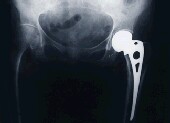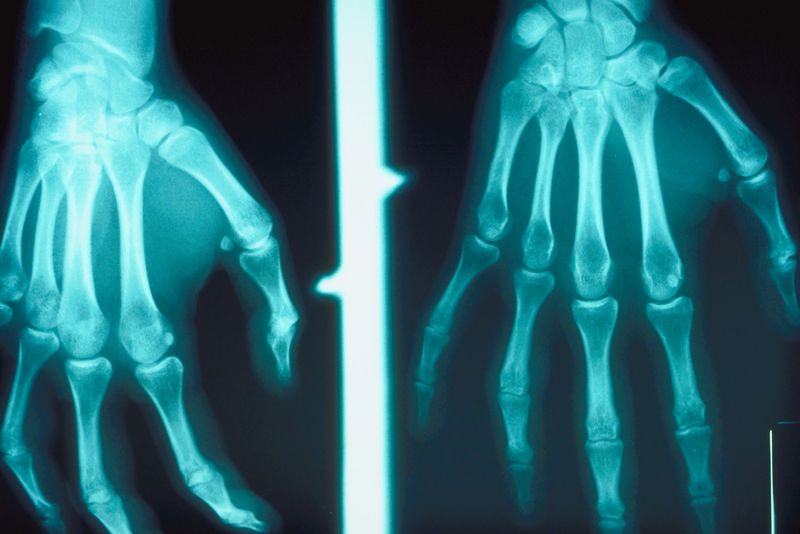
THURSDAY, Feb. 12, 2015 (HealthDay News) — The number of hip replacements performed in the United States has increased substantially, and the procedure has become more common in younger people, new government statistics show.
The numbers reveal the rapid evolution of the procedure, which “remains one of the most dramatic and cost-effective ways to improve the quality of life for patients,” said Dr. Mark Pagnano, chairman of the department of orthopedic surgery at the Mayo Clinic in Rochester, Minn.
“Recovery is dramatically easier for patients, the durability of hip replacements has improved, and the baby boomer generation is less willing to accept the limitations that accompany arthritis,” added Pagnano, who was not involved in the study.
For the report, researchers looked at hospital statistics on total hip replacement — replacement of the head of the femur (thigh bone) and its socket — from 2000-2010. The researchers focused on patients 45 and older, who accounted for 95 percent of the procedures.
Over the 10 years of the study, the number of procedures more than doubled, from 138,700 in 2000 to 310,800 in 2010. The number grew by 92 percent, to 80,000, among those age 75 and older. It jumped by 205 percent in those aged 45 to 54, to 51,900.
What’s going on?
Report lead author Monica Wolford, a statistician with the U.S. National Center for Health Statistics (NCHS), said: “The main hypothesis is that osteoarthritis is becoming more common,” but the statistics in the study don’t reveal why the procedures are taking place.
Pagnano said the growing number of cases of arthritis is a major factor in the trend. Most hip replacements in middle-aged patients are due to degenerative arthritis caused by wear-and-tear, he said. So higher numbers of active people translate into more arthritis. “Thus, the number of patients who are appropriate candidates for hip replacement at a younger age grows,” he noted.
The report also found the average hospital stay for total hip replacement patients has shrunk from nearly five days in 2000 to just under four days in 2010.
“The early recovery from hip replacement has become dramatically easier from a patient standpoint,” Pagano said, because of improved rehabilitation procedures, better pain management and better control of blood loss during surgery.
What’s next?
Report co-author Anita Bercovitz, a health scientist with the NCHS, said the numbers suggest a challenge down the line: Many of these hip replacements will have to be replaced when they wear out. “This will have implications for planning for the future,” she said.
Physicians first developed modern “total hip replacement” surgery in the early 1960s. But it remained a fairly rare procedure until the late 1980s, when the number of cases grew from an estimated 9,000 in 1984 to 119,000 in 1990, according to the report authors.
The report was published Feb. 12 by the NCHS as a Data Brief.
More information
Try the U.S. National Institute of Arthritis and Musculoskeletal and Skin Diseases for more about hip replacement.
Copyright © 2025 HealthDay. All rights reserved.

